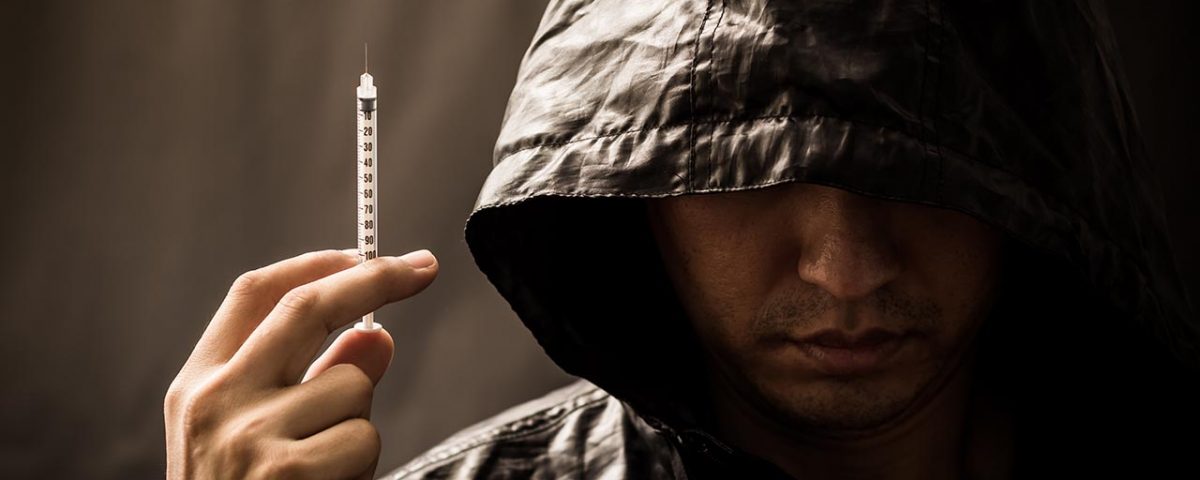Krokodil is the street name for desomorphine, a semi-synthetic opioid drug that produces similar side effects to other opioids like heroin and morphine.
Krokodil is a semi-synthetic drug because it’s man-made in a lab, but it is also derived from a drug, usually codeine, that comes from the opium poppy plant. Krokodil is known for the green and black crocodile-like skin problems it produces, which is why it was coined the Russian word for “crocodile.” As cases of opioid use skyrocket, many are left wondering, “what is the drug Krokodil made out of?”
Brief History of Krokodil
Desomorphine was first created by a German team working for Knoll in 1920 but wasn’t recognized until it was synthesized in 1932. Scientists in the United States began testing the effects of Krokodil drug ingredients on rats and mice and found the drug to be more potent, faster-acting, and less nauseating than morphine. Desomorphine (Krokodil) is thought to be 8 to 10 times stronger than morphine. Roughly 1 milligram (mg) of desomorphine is as effective as 10 mg of morphine.
In 1934, human trials of desomorphine began, specifically with cancer patients, in an attempt to find them a new and more effective form of pain treatment. If morphine is addictive, imagine Krokodil. During these trials, Krokodil was found to have been highly addictive, and even physical dependence was developed after only ten days of regular use. But what is the drug Krokodil made out of that makes it so addictive?
What Is the Krokodil Drug Made Of?
Since emerging in 2003 in the Russian drug scene, the ingredients of Krokodil have been examined. Some common Krokodil ingredients include:
- Paint thinner
- Petrol/Gasoline
- Red phosphorous (the red tips of matches)
- Hydrochloric acid
- Codeine tablets or other similar opioids
- Iodine
- Alkali solutions
- Organic solvent
- Acidified water
Krokodil’s ingredients, including codeine (which should only be taken if and as prescribed,) can cause severe physical damage and can produce harmful side effects. However, despite what Krokodil is made out of, those addicted to it are often unable to stop without help. If you or someone you know is in this position with desomorphine or any other opioid, our opioid detox treatment at Banyan Heartland can help.
How Is the Krokodil Drug Made?
Krokodil is derived from drugs like codeine or other opioid mixes and is combined with chemicals like paint thinner, petrol, and hydrochloric acid. Codeine acts as a diluting agent, so all of the other ingredients can be easily mixed. In this process, Krokodil is made by heating various measurements of codeine and other ingredients like paint thinner, petrol, hydrochloric acid, and red phosphorous (a process known as “homebake.”) The result is a horribly dangerous and addictive desomorphine that can produce side effects ranging from skin death to stroke.
The effects of Krokodil drug include:
- Euphoria
- Sedation
- Open skin ulcers
- Skin infections
- Skin necrosis (skin death or rotting flesh)
- Soft-tissue infections
- Vein damage
- Gangrene
- Blood vessel damage (thrombophlebitis)
- Limb amputations
- Pneumonia
- Blood poisoning (bacteremia)
- Meningitis
- Rotting gums, tooth decay, or tooth loss
- Blood-borne virus infection (such as HIV and Hepatitis)
- Bone infections (osteomyelitis) and osteonecrosis
- Speech impairment
- Motor skills impairment
- Memory loss
- Difficulty concentrating
- Liver and kidney damage
- Overdose
- Respiratory depression (slow or ineffective breathing)
- Physical tolerance and dependence
- Addiction
- Death
Krokodil can be used in various ways, but the most common method is intravenous injection. Thus, most reports of adverse physical effects of Krokodil are linked to users who injected the drug. Similar to morphine, heroin, and other injectable drugs, using Krokodil increases your likelihood of contracting blood-borne diseases like HIV, AIDS, and Hepatitis. Additionally, rotting flesh and tooth decay can also occur, among the many other adverse side effects of Krokodil.
People who use Krokodil have suffered limb amputation, opioid brain damage, and overdose, and individuals with opioid addictions are less likely to regain their health and sobriety without professional opiate treatment. If you have a drug problem or know someone who does, our Heartland drug rehab can help. Call us today at 888-280-4763 for more information about our inpatient substance abuse treatment in Illinois.








